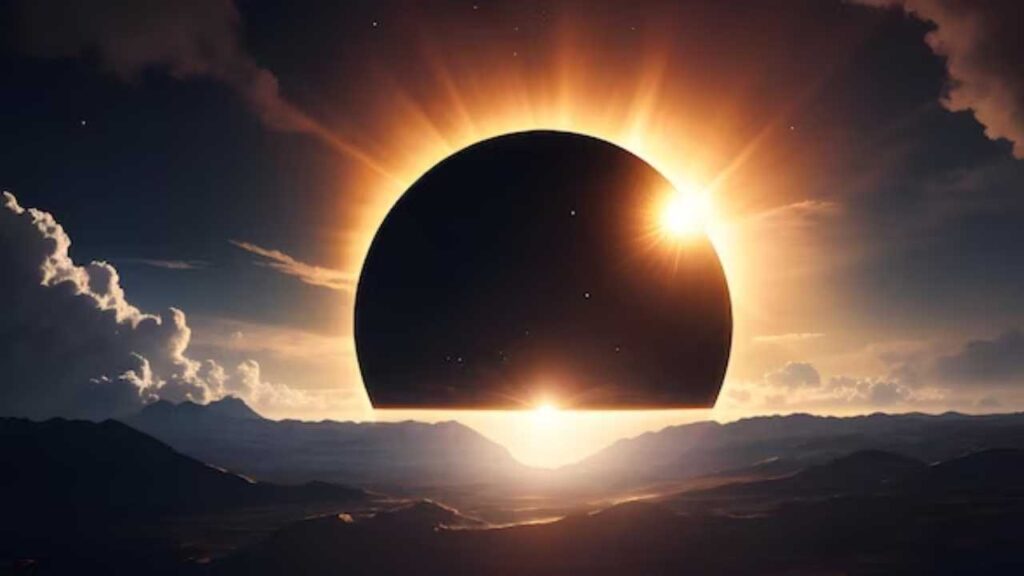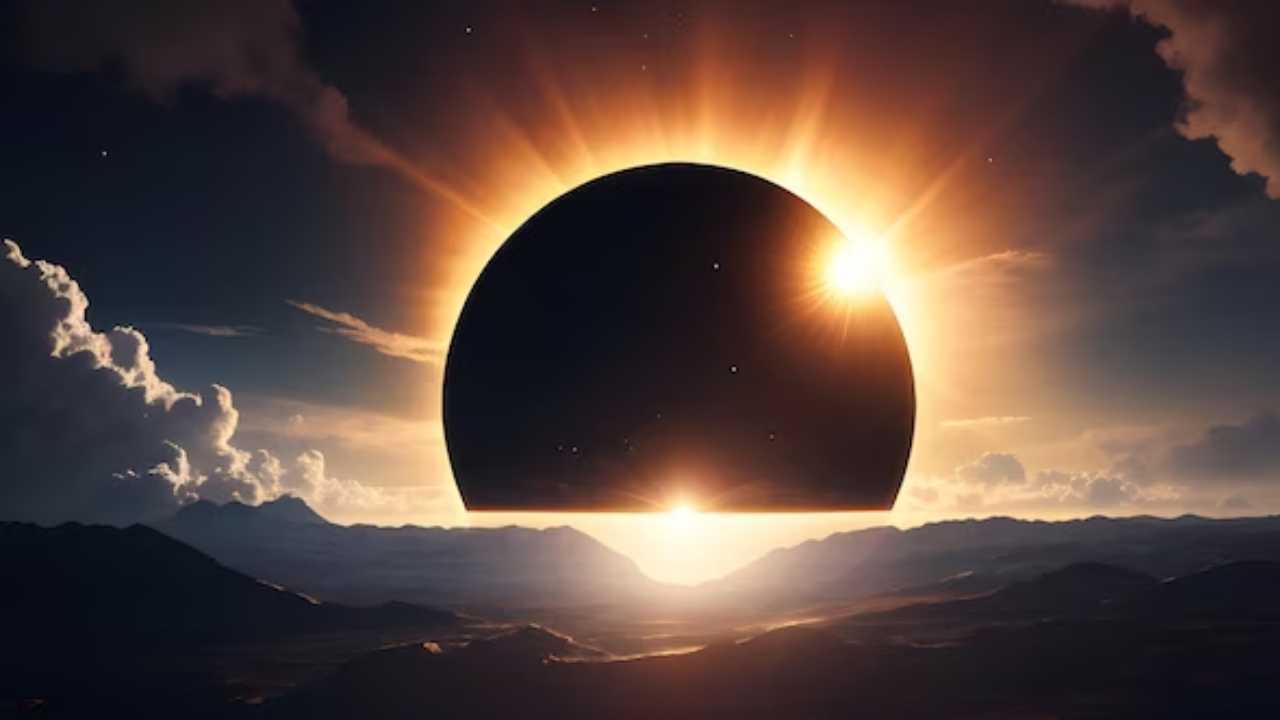Total Solar Eclipse 2024, how to watch Total Solar Eclipse 2024, where to watch Total Solar Eclipse 2024, Notable locations for the total solar eclipse on April 8, 2024
Total Solar Eclipse 2024- The solar eclipse of April 8, 2024, promises to be a celestial event that will captivate many across North America. As the moon passes between Earth and the sun, casting a shadow that will traverse from the southern United States through to the northeastern regions, it offers a unique opportunity for millions to witness a rare astronomical phenomenon. The United States, lying in the path of totality, provides an exceptional vantage point for this awe-inspiring event, with NASA ready to enhance the experience for all.

Total Solar Eclipse 2024: Where to Be for the Best View
The path of totality for the April 2024 solar eclipse will offer viewers the chance to see the moon completely cover the sun. This path stretches from southern Texas, moving up through major cities including Dallas, Indianapolis, Cleveland, and reaching as far as Buffalo. The eclipse will peak at different times across these locations, starting around 1:30 p.m. CDT in Texas, with Indianapolis and Cleveland witnessing the peak just after 3 p.m. EDT. Those situated along this path will experience darkness in the middle of the day, a surreal and unforgettable moment.
Viewing Opportunities Beyond the Path of Totality
For those located outside the path of totality, the event will still be visible as a partial eclipse. The further one is from the totality path, the smaller the portion of the sun that will be obscured by the moon. Nevertheless, this partial eclipse offers a compelling reason to look skyward and partake in the experience, albeit to a lesser extent.
NASA’s Role in Enhancing the Experience
Recognizing the significance of this event, NASA has announced plans to host live streams of the total solar eclipse. These broadcasts, running from 1 to 4 p.m. EDT on April 8, will not only show live footage from various points along the eclipse’s path but also feature conversations with experts, providing insights and answering viewer questions. This initiative ensures that even those who cannot witness the eclipse directly, due to geographical limitations or inclement weather, can still be part of this monumental occasion.
Notable Locations and Times for Optimal Viewing
Certain locations within the path of totality are set to experience the eclipse for longer durations, making them particularly notable spots for viewers. Cities like Mazatlán in Mexico and locations across Texas, such as Kerrville and Fredericksburg, will enjoy totality for over four minutes. The eclipse’s path across the U.S. includes a variety of durations, with places like Indianapolis, Cleveland, and Rochester offering around four minutes of totality. These moments of complete coverage are the most sought after, as they allow for the full effect of the eclipse, including the dramatic drop in temperature and the appearance of stars and planets in the daytime sky.
Preparing for the Eclipse: Safety and Engagement
Watching a solar eclipse requires preparation to ensure safety and maximize enjoyment. Viewers should procure appropriate eclipse glasses to protect their eyes from harmful solar radiation during partial phases of the eclipse. Additionally, engaging with community events or educational programs, such as those offered by local astronomy clubs or science museums, can enrich the experience. NASA’s interactive live streams and social media engagement, using hashtags like #askNASA, provide a platform for global participation and learning.
Conclusion: A Moment of Collective Wonder
The total solar eclipse of April 2024 is not just an astronomical event; it’s a moment of collective experience that transcends geographical and cultural boundaries. It reminds us of our place in the cosmos and the beauty of our universe. Whether you are directly in the path of totality, watching from afar, or tuning into NASA’s live streams, this event is a powerful reminder of the wonders our world has to offer. So, mark your calendars, prepare your viewing glasses, and get ready to be part of a once-in-a-lifetime event that will be talked about for generations to come.
Other Links-
- NASA Juno Mission Reveals Oxygen Production Mysteries
- SpaceX-NASA Crew 8 Mission
- NASA Nova-C Mission Launched, When and Where to Watch
- NASA Rover Captures Image of Solar Eclipse On Mars, See Photos










